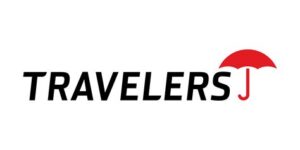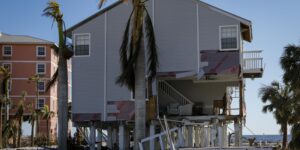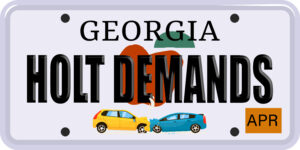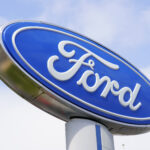U.S. P/C mutual insurance companies held their own in 2020 despite returning significant levels of premiums during the pandemic. In fact, net premiums written grew by 1.4 percent even with all the givebacks, according to a new AM Best report.
AM Best said the affected mutuals saw net premiums written grow every year since 2010. The growth in 2020 was more pandemic-specific, as the market shifted from greater personal auto risk to greater homeowners risk. The report noted that homeowners multiple peril grew $2.5 billion while the personal auto lines declined $2.6 billion.
Pandemic conditions led to a favorable financial shock to the personal auto lines as fewer workers commuted. Companies used a number of financial methods to get their unforeseen one-time cash flows back to policyholders as effectively as possible, with policyholder repayments classified as underwriting expenses, or in some cases, as premium balances charged off as other income, A.M. Best noted.
Broken down further, inclusive of policyholder dividends during 2019-2020, the segment reported underwriting losses of $2.3 billion in 2020, compared with $3.5 billion in 2019. As a result, net income declined less than 4 percent in aggregate in 2020 — despite the dramatic increase in policyholder dividends and a $1.4 billion decline in net investment income and realized capital gains from the previous year. Overall, policyholders’ surplus among the rated population increased by 8.4 percent in 2020 to $383.1 billion.
The 10 largest AM Best-rated U.S. mutuals accounted for 71 percent of net premiums written in 2020. These large companies generally reported higher incurred loss ratios than their medium-sized counterparts, which in turn reported higher incurred loss ratios than those of smaller companies. While smaller companies tend to pay a greater ratio of earned premiums back to its insureds in policyholder dividends, the large organizations were the main drivers of the considerable increase in 2020, due to their larger automobile books of business, AM Best said.
AM Best notes that while the pandemic’s impact on this segment was muted in 2020, there was still a big disparity between the experience of auto and home lines. Although fewer workers commuted during the worst of the pandemic, boosting personal auto industry performance, the aggregate risk did not disappear. Instead, according to the report, it shifted to the “new” office at home, and the considerable increase in policyholder dividends observed in the first half of 2020 reflects how quickly the risk landscape shifted between the auto and homeowners lines of business.
The full Best’s Market Segment Report is “COVID-19 Forges a Double-Edged Sword for U.S. Property/Casualty Mutuals.”
Source: AM Best





















 Florida Gets 8 New P/C Carriers After Insurance Market Reforms
Florida Gets 8 New P/C Carriers After Insurance Market Reforms  Ford Recall of 43,000 SUVs Due to Fire Risk Won’t Remedy Gas Leaks
Ford Recall of 43,000 SUVs Due to Fire Risk Won’t Remedy Gas Leaks  CEO Viewpoint: Predict and Prevent Just Makes Economic Sense
CEO Viewpoint: Predict and Prevent Just Makes Economic Sense  That Insurance Talent Crisis? It’s a Global Knowledge Opportunity
That Insurance Talent Crisis? It’s a Global Knowledge Opportunity 





